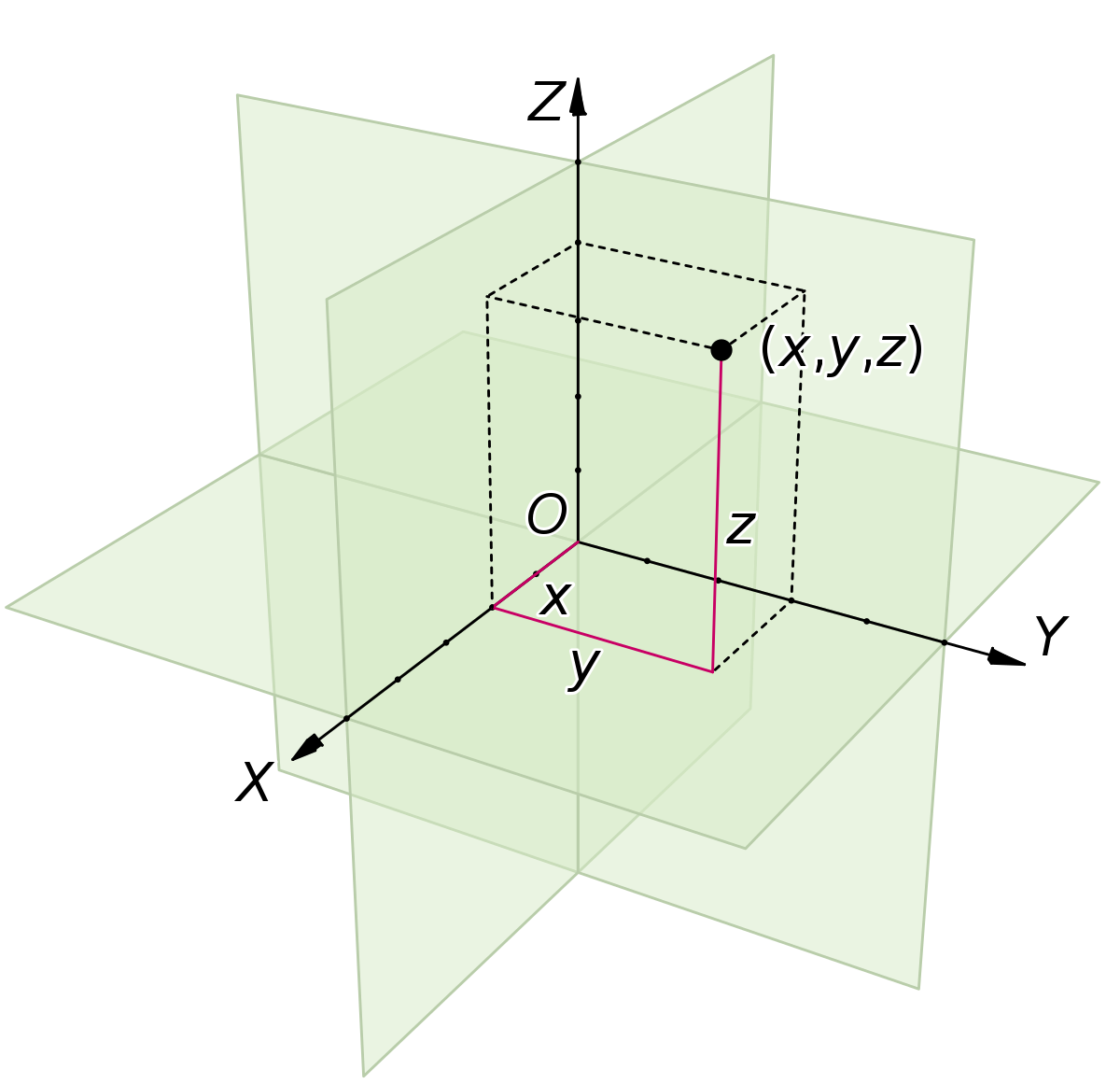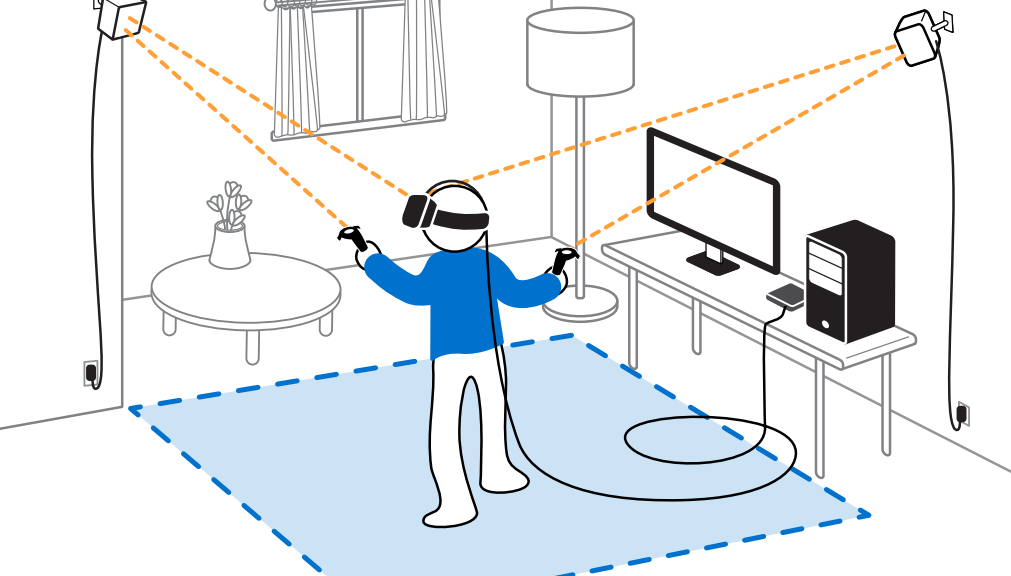Basic Math classes teach about X and Y axis while covering graphs and slopes, but what about the Z axis?

Made by K. Bolino (Kbolino)
This is a classic 2 dimensional representation of the Cartesian Coordinate System (X, Y axis), credited to Rene Descartes in the 1700’s, propelling mathematics forward by linking geometry and algebra.



By Jorge Stolfi – Own work, Public Domain, Link
And this is a is a 3 dimensional representation of the Cartesian Coordinate System with the addition of the Z axis. In mathematics, physics, and engineering contexts, the first two axes are often defined or depicted as horizontal, with the third axis pointing up.

Infrared Base-station “Lighthouse”
Second Lighthouse for better tracking
controllers tracked via infrared Lighthouses
signals converted into X,Y,Z coordinates
Head-Mounted Display (HMD) tracked for free movement.
boundaries show up within the VR headset to set limits.
Everything processed instantly by computer.
With roomscale VR, users experience VR with 6 Degrees of Freedom (6 DoF) meaning that headsets and hands move and are tracked within the VR boundary. This is a contrast to the early VR technology which allowed users to look up, down, left, and right (3 degrees: pitch, yaw, and roll) but without the ability to move forward or backwards and without motion controllers.
In Robotics and Engineering, 6DoF is a vital concept because it allows for precise positioning of objects for accurate and reliable planning.



